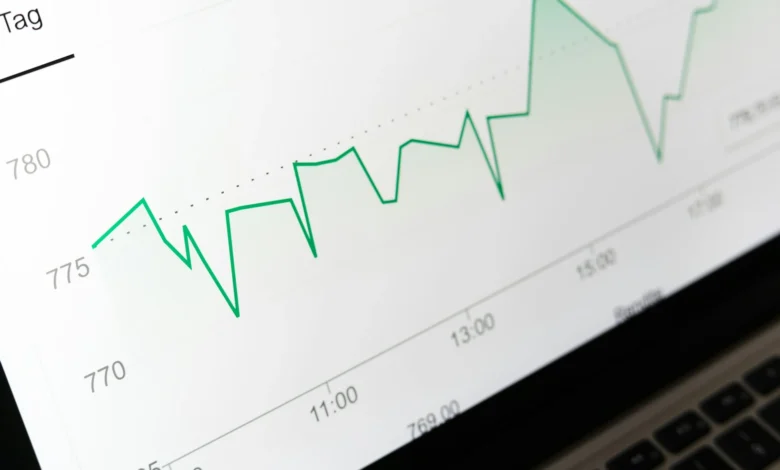
Maximising Returns in Precious Metals Investment
Precious metals such as gold, silver, platinum and palladium have long been valued for their intrinsic worth and hedge against inflation. In recent times, these assets have grown more popular among investors seeking diversification and stability during periods of market uncertainty and pound volatility.
Among precious metals, gold is usually considered the best investment given its higher liquidity, more stable demand dynamics, role as a safe haven asset, and better price resiliency compared to more industrial precious metals like silver, platinum and palladium. While offering higher return potential during certain cycles, the latter three carry higher volatility risks in the long run. Gold provides an optimal balance of upside potential and downside protection.
However, as with any investment, returns depend greatly on buying at advantageous prices. This article outlines key strategies for maximising gains when investing in precious metals.
Pound Cost Averaging
One of the most effective approaches is pound cost averaging – making regular fixed investments regardless of price fluctuations. For precious metals, this reduces the impact of volatility and enables you to buy more metal when prices fall. For instance, investing £200 in gold bullion every month means acquiring more ounces if prices slide and fewer when they spike. Over the long run, this can significantly reduce the average cost versus buying large amounts sporadically during price peaks. The power of compounding also amplifies overall returns.
Portfolio Asset Allocation
Another pivotal factor is optimal portfolio allocation between gold, silver, platinum and palladium. As their prices do not always correlate, diversity across the four major precious metals reduces risk and capitalises on cyclical gains as viability rotates.
Generally, 10-20% precious metals allocation as part of a balanced portfolio is recommended for investors. Within this, a larger share is apportioned to gold and silver owing to higher liquidity, while smaller weights in platinum and palladium enhance returns. Tactically tilting allocation to ride positive momentum in any one metal also boosts short-term performance.
Disciplined Buying and Selling
Exercising strict purchase and sale discipline is key to optimising precious metal returns. Most investors become enthusiastic during price rises but hesitate afterwards. Setting price targets for entry and exit based on historical trends instead of emotions removes this bias. Pound cost averaging purchases reinforce such rigour. Selling smaller portions through price peaks also locks in gains progressively. Any precious metals strategy requires institutionalised triggers determining execution.
Portfolio Diversification
Precious metals furnish critical portfolio diversification for investors due to the negative correlation with equities and bonds during risk-off phases. However, diversity across financial instruments such as gold ETFs, mining company stocks and physical bullion also hedges risks and improves return capture.
Blending direct holdings in gold Britannia coins purchased through secure digital platforms like Bullion Giant with stakes in instruments like the iShares Physical Gold ETC and actively managed BlackRock Gold and General Fund builds a resilient alpha generation base for multifaceted markets.
Regular fixed pound cost entries, disciplined asset allocation, structured buy and sell mechanisms and cross-instrument diversification combine to maximise returns when investing in precious metals for investors. Following these principles underpins a methodical approach, allowing investors to benefit through various market cycles.






